I'm writing a class library for a simple parser in C#. When I first created it, I used .NET standard 2.0, but now I need to migrate it to .NET 4.6 both to conform to the other projects in my solution and in order to use NUnit.
I tried to follow the instructions in the Microsoft documentation, but when I try to select another framework in the properties, I can only find other .NET standard versions.
How can I migrate it? Will I need to manually edit the .csproj file?
